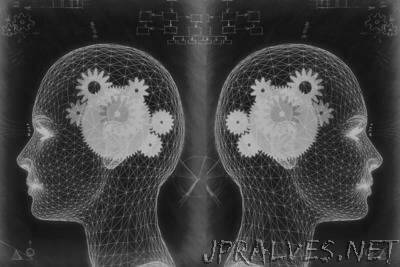
“Over the past several years, Jack Gallant’s neuroscience lab has produced a string of papers that sound absurd. In 2011, the lab showed it was possible to recreate movie clips just from observing the brain activity of people watching movies. Using a computer to regenerate the images of a film just by scanning the brain of a person watching one is, in a sense, mind reading. Similarly, in 2015, Gallant’s team of scientists predicted which famous paintings people were picturing in their minds by observing the activity of their brains. This year, the team announced in the journal Nature that they had created an “atlas” of where 10,000-plus individual words reside in the brain — just by having study participants listen to podcasts. How did they do all this? By using machine learning tools — a type of artificial intelligence — to mine huge troves of brain data and find the patterns of brain activity that predict our perception. The goal here isn’t to build a mind-reading machine (although it’s often confused for that). Neuroscientists aren’t interested in stealing your passwords right out of your head. Nor are they interested in your darkest secrets. The real goal is a lot bigger. By turning neuroscience into a “big data” science, and using machine learning to mine that data, Gallant and others in the field have the potential to revolutionize our understanding of the brain.”
